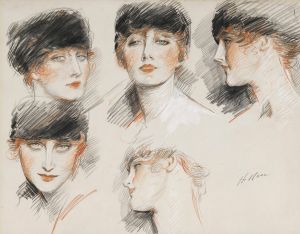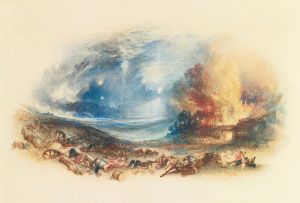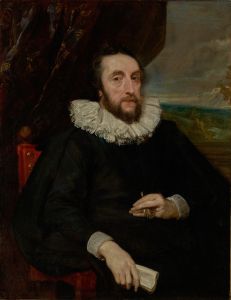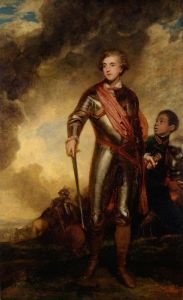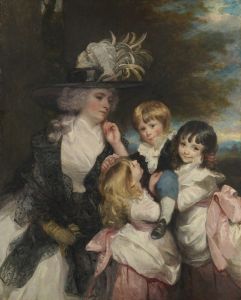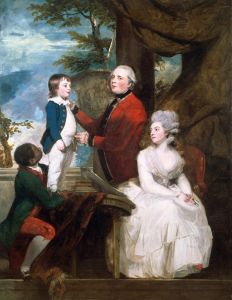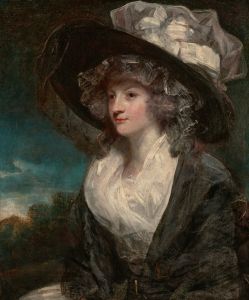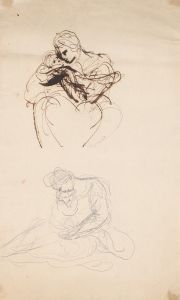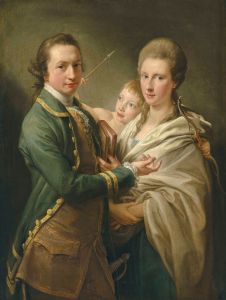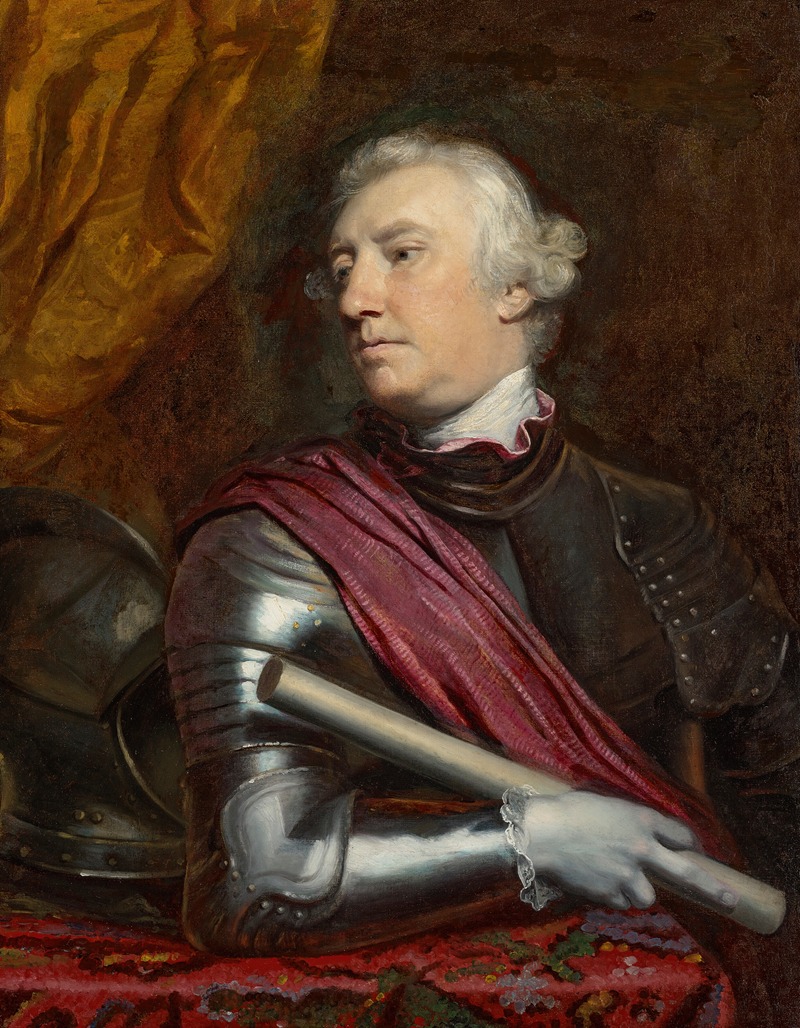
Portrait of George Townshend, 1st Marquess Townshend
A hand-painted replica of Sir Joshua Reynolds’s masterpiece Portrait of George Townshend, 1st Marquess Townshend, meticulously crafted by professional artists to capture the true essence of the original. Each piece is created with museum-quality canvas and rare mineral pigments, carefully painted by experienced artists with delicate brushstrokes and rich, layered colors to perfectly recreate the texture of the original artwork. Unlike machine-printed reproductions, this hand-painted version brings the painting to life, infused with the artist’s emotions and skill in every stroke. Whether for personal collection or home decoration, it instantly elevates the artistic atmosphere of any space.
The Portrait of George Townshend, 1st Marquess Townshend is an oil painting by Sir Joshua Reynolds, one of the most prominent portrait painters of 18th-century Britain. The artwork depicts George Townshend, 1st Marquess Townshend (1724–1807), a British soldier, politician, and nobleman who played a significant role in military and political affairs during his lifetime. Reynolds, known for his grand style of portraiture, was a leading figure in the development of British art and served as the first president of the Royal Academy of Arts.
George Townshend was a notable figure in British history, particularly for his military service during the Seven Years' War. He is perhaps best remembered for his role in the British victory at the Battle of the Plains of Abraham in 1759, which led to the capture of Quebec and marked a turning point in the war. Later in life, he held various political and ceremonial positions, including Lord Lieutenant of Ireland and Master-General of the Ordnance.
Reynolds painted this portrait during a period when he was at the height of his career, celebrated for his ability to capture the character and status of his sitters. The painting exemplifies Reynolds's use of rich color, dramatic lighting, and classical influences, which were hallmarks of his style. It is likely that the portrait was commissioned to commemorate Townshend's achievements and social standing, as was customary for prominent individuals of the time.
The exact date of the painting is not definitively documented, but it is generally attributed to the latter half of the 18th century, during the period when Reynolds was actively producing portraits of aristocrats, military leaders, and other influential figures. The work reflects the neoclassical aesthetic that was popular in Britain during this era, with an emphasis on dignity, poise, and a sense of timeless grandeur.
The current location of the painting is not specified in widely available sources, and further details about its provenance or exhibition history are limited. However, many of Reynolds's works are held in major collections, including the National Gallery in London and other institutions dedicated to preserving British art.
As with many of Reynolds's portraits, this painting serves not only as a representation of the individual but also as a reflection of the cultural and social values of 18th-century Britain. It highlights the importance of portraiture as a means of documenting and celebrating the lives of influential figures in history.







